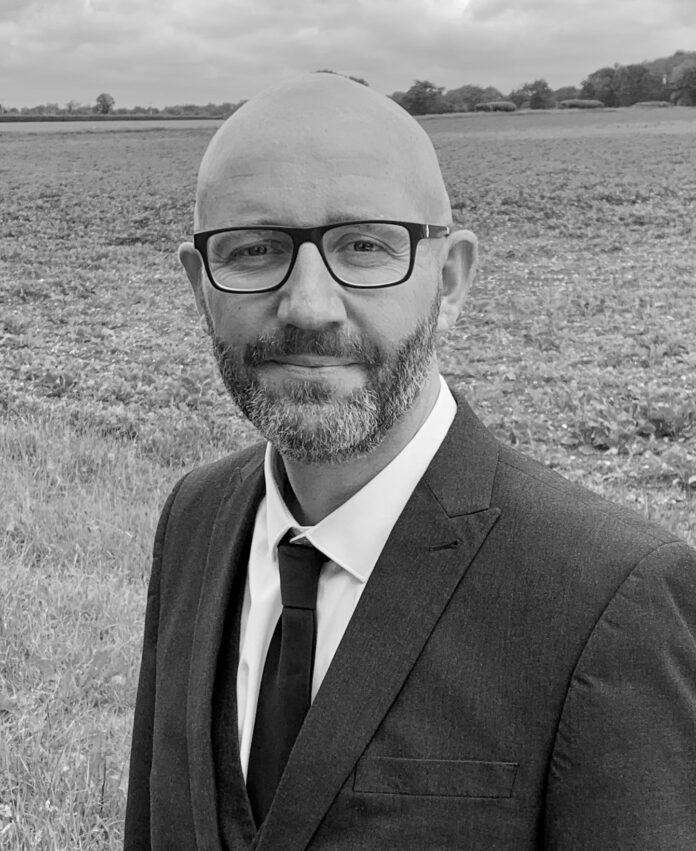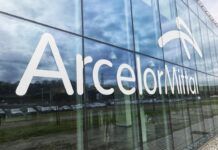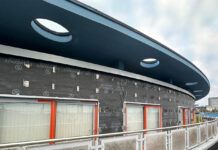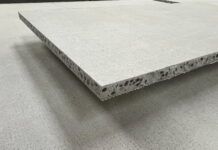In this article, Simon Buckmaster, technical and sales services manager at James Hardie, discusses facades and their importance, noting what’s vital when choosing a material and innovations to come.
External cladding has emerged as a powerful tool for builders, architects and homeowners to transform the appearance and performance of structures. Not only does it offer durability, weather resistance and aesthetic flexibility, more importantly, it ensures that new buildings conform to stringent fire safety requirements.
Material of choice
The choice of materials is vast and each has its pros and cons. Many different factors, including the size, structure, purpose, budget and location of the building need to be considered when choosing building materials, but safety needs to be the priority.
Following the updates to the Building Safety Act, architects and construction firms are under increased pressure to ensure that new buildings conform to revised fire safety requirements. Hardie fibre cement cladding carries the highest possible fire rating for a painted cement cladding product: A2-s1, d0 and is used all over the world. Our cladding is made from advanced fibre cement material, which is non-combustible, compared to wood cladding and uPVC cladding.
The transformative power of cladding
Every building forms part of its scenery, whether urban or rural, and designers have been embracing cladding textures and colours to make striking architectural statements. Recently we’ve noticed a shift in trends with designers opting for tones and textures that blend into the natural environment. Our ColourPlus technology offers a palette of appealing colours with a multi-coat, baked-on finish meaning that it won’t fade, reducing ongoing maintenance. For some of our products we also offer a custom colour option.
We work with clients across a range of industries, from education and healthcare to construction companies and self-builders who all have very different requirements. For example, at Allens Caravans – Aber Bay Holiday Park in Aberystwyth the architect chose our Hardie Panel to clad the on-site leisure centre because of its robust, fire proof and aesthetically flexible qualities. The seafront location of the site meant the client needed a product that would be durable enough to withstand the force 8 wind conditions and provide flexibility througout the challenging construction process. The Hardie Panel is lighter but stronger than alternative materials which enabled the builders to reduce the size of the sheets so that one or two people could position and fix the cladding without mechanical assistance.
Allens Caravans were delighted with the finish of the building: “The cladding has exceeded our expectations and we are very proud of the final look we have achieved” (Jayne Cockerill, Executive Assistant to the Managing Directors).
Fibre cement cladding is a popular choice
For people seeking longevity and aesthetic appeal fibre cement cladding is a popular and versatile building material. Developed by James Hardie in the early 1980s it provides a high-performance alternative to wood, uPVC cladding, plywood and is ideally suited as a material for exterior wall cladding offering high stability and weather resistance whilst protecting against moisture, mould and pests.
Future innovation
As architects and builders continue to experiment with different materials, the future of building cladding promises exciting innovations and sustainable transformations.
We can expect to see advancements that focus on energy efficiency and smart cladding materials that can adapt to changing environmental conditions whilst fire safety will remain a priority.




